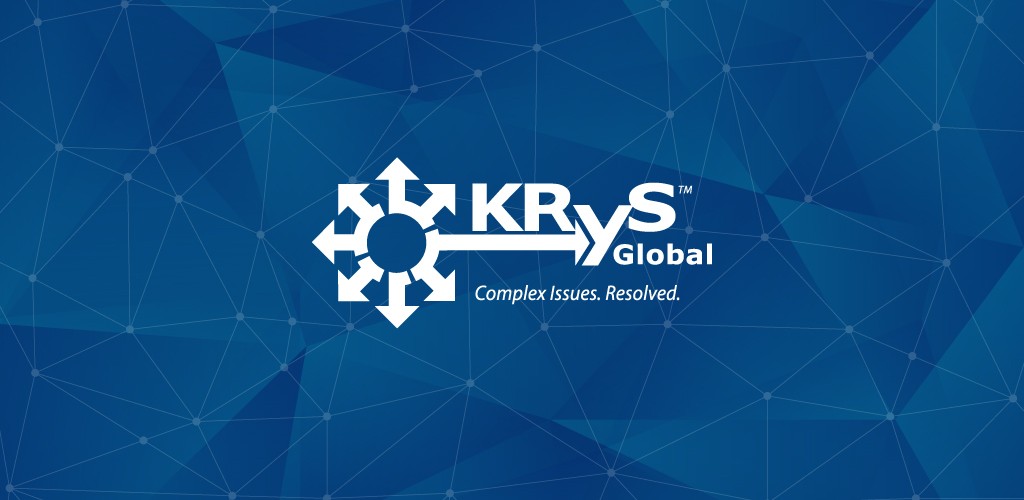Scheming IPs: The Creative Use of Schemes of Arrangements

Published in INSOL World 3rd Quarter Magazine 2015:
By Samantha Wood, Manager Cayman Islands
A scheme of arrangement (“Scheme”) is a flexible process, whereby a court approves an agreement between company stakeholders (e.g. equity holders, lenders or debenture holders) that may affect or alter shareholder or creditor rights. Unlike certain other insolvency processes or regimes, Schemes do not require insolvency and are often used in cases where the underlying company is clearly solvent. However, a Scheme can be used in conjunction with a formal insolvency procedure.
There are many benefits to a Scheme. If approved, a Scheme is binding on all creditors and members. In order to bind creditors, a Scheme requires a majority in number and at least 75% in value of each class of stakeholders voting to approve the Scheme.
The English Scheme is probably the most well-known. However, Schemes are also available in many other common law jurisdictions, whose law is derived from English law.
This article is intended to describe some of the creative ways that Schemes have been implemented by offshore insolvency practitioners (“IPs”) in particular, to deal with complex issues or disputes between stakeholders, which would otherwise require years of costly litigation to resolve.
Restructuring/Refinancing
A Scheme can be used to effect debt for equity swaps, reduce or extend lending facilities, facilitate leveraged buy outs, or asset sales in the course of a liquidation proceeding.
For example, the joint provisional liquidators of the LDK Solar Group of Companies in the Cayman Islands negotiated with stakeholders to agree parallel schemes of arrangement in both the Cayman Islands and Hong Kong, alongside parallel Chapter 11 proceedings in the U.S., to give effect to a debt restructuring agreement between senior noteholders and preferred shareholders. The benefit of implementing the Schemes was that it alleviated the debt burden of the group, avoiding default and a terminal liquidation procedure.
Stakeholder Conflicts
A Scheme can also be used to resolve disputes or conflicts between groups of stakeholders with regard to their distribution priority or ranking, or access to assets under a distribution waterfall scenario.
This was the situation in the matter of the SPhinX Group of Companies, a group of twenty-two hedge funds that replicated the S&P hedge fund index. A Scheme was negotiated between certain stakeholders in the estate, which dealt with numerous issues that had prevented distribution of assets collected by the liquidators. The issues involved questions as to the ownership of assets and liabilities, the validity of certain in-kind shares issued to certain redeemers, the ranking of the stakeholders, and other related issues.
In this case, without a Scheme, the issues facing the liquidators would had to have been litigated in court, incurring significant cost to the estates and further delaying distributions. Negotiating a Scheme enabled those key stakeholders to agree a compromise that provided for the distribution of assets in an orderly and timely manner, avoiding the time and cost of litigation.
Delegation of Management and Supervision
Schemes can also be used to delegate certain asset management and supervision responsibilities, which might otherwise be managed and supervised by the liquidator of an estate. This can arise where it is clear and evident that the financial interest in those assets, is held solely by the Scheme stakeholders.
This unique situation arose in the SPhinX matter, where an initial Scheme had been sanctioned, compromising various alleged rights and remedies the stakeholders had pursued. The initial Scheme identified that Scheme claimants would receive certain assets and that realisations made from those assets would be paid to Scheme claimants pursuant to a methodology outlined in the Scheme.
Once the initial Scheme had been approved by the Court, the Scheme claimants decided they would like greater input on how those assets, which in this case were causes of action filed by the liquidator on behalf of the estate, were dealt with. To resolve this, management and supervision of the causes of action were transferred to Scheme Supervisors, by way of a second Amendment Scheme.
Summary
There may be situations, in conjunction with insolvency proceedings, when an insolvency practitioner may want to consider whether an issue can be compromised and resolved outside of the court process. In such cases, a Scheme may be beneficial.
Courts are likely to find favour with such arrangements, as they often resolve issues more efficiently than a litigation process. As demonstrated above, while Schemes are useful and frequently used to address disputes among company stakeholders, they can also be used in other creative ways. Insolvency practitioners should remain open to the possibility that difficult issues can be addressed through a court approved Scheme.
